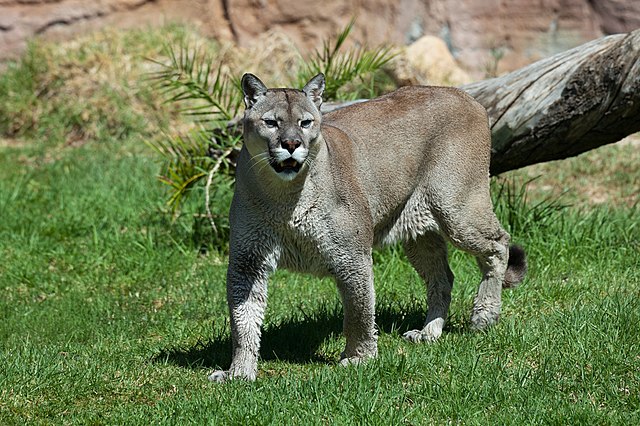A cougar assaulted a group of five cyclists on a trail in Washington on Saturday afternoon, resulting in one woman being transported to the hospital, according to authorities.
The cyclists were traversing a trail northeast of Fall City, situated approximately 25 miles east of Seattle, when the incident occurred around 12:50 pm local time, as reported by the Washington Department of Fish and Wildlife.
Upon arrival at the scene, officers from the department stated they “dispatched one subadult cougar.”
Based on eyewitness accounts, officials indicated there might be a second cougar, although it has yet to be located.
While officials did not disclose the identity of the hospitalized woman, they confirmed that she was in stable condition.
They did not provide information regarding potential injuries sustained by the remaining four cyclists during the attack.
Rare Sightings and Attacks: Cougars in Washington State

According to the National Park Service, sightings of cougars are infrequent, and incidents of attacks on humans are exceedingly rare.
Since 1924, state authorities have recorded approximately two dozen encounters between cougars and humans resulting in documented injuries, as reported by the state Department of Fish and Wildlife. This includes a fatal attack in 2018.
In July 2023, an 8-year-old camper in Washington sustained minor injuries in a cougar attack but survived.
The National Park Service stated that the cougar ceased its attack after the child’s mother intervened by shouting at the animal.
Similarly, in 2022, a 9-year-old girl survived a cougar attack in Washington.
Cougar Characteristics in Washington State
Cougars, the largest members of the feline family found in Washington, typically have adult males weighing an average of 140 pounds, while adult females seldom exceed 110 pounds. They tend to be most active during the period from dusk to dawn.
Experts advise individuals who encounter a cougar not to flee, as this action may provoke the animal’s predatory instincts.
Instead, it is recommended to gather together to present a larger appearance and generate noise.
If the cougar displays signs of aggression, such as baring its teeth and hissing, officials suggest shouting, waving arms, and utilizing any available objects to deter the animal.
As outlined in guidelines from the state Department of Fish and Wildlife, the objective is to convey to the cougar that humans are not prey but rather a potential threat.
In the event of an attack, individuals are encouraged to vigorously defend themselves and strive to remain standing.
